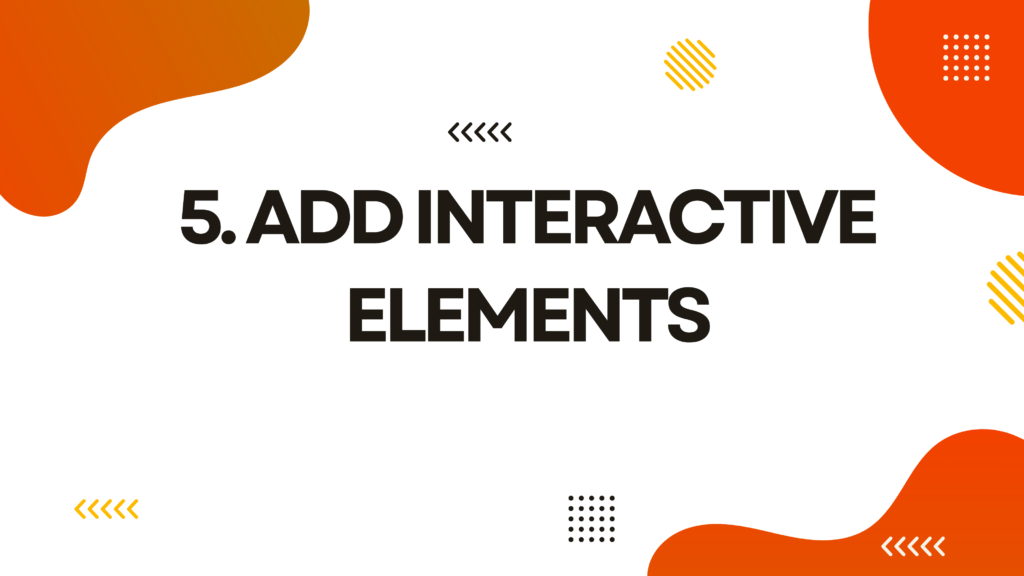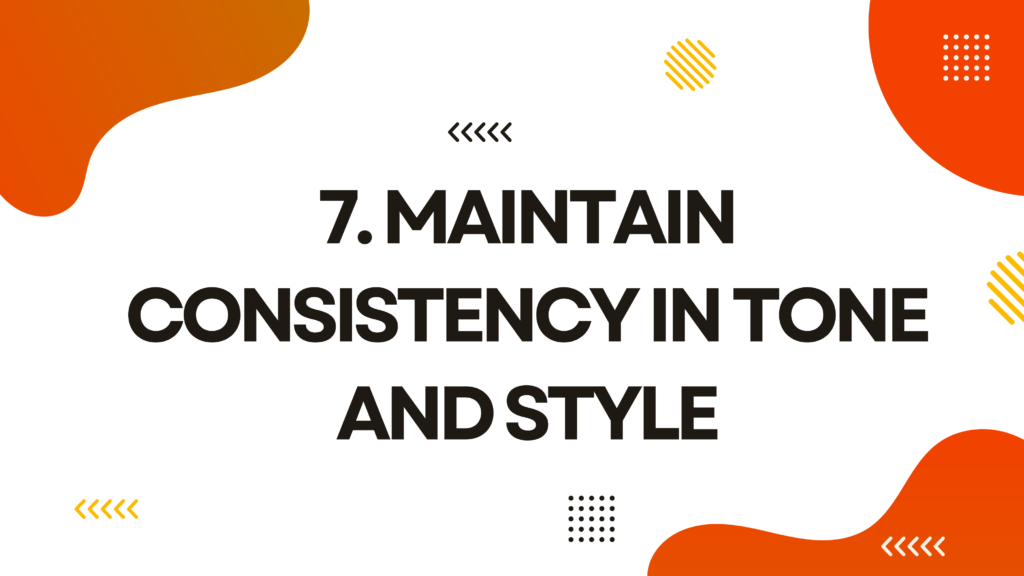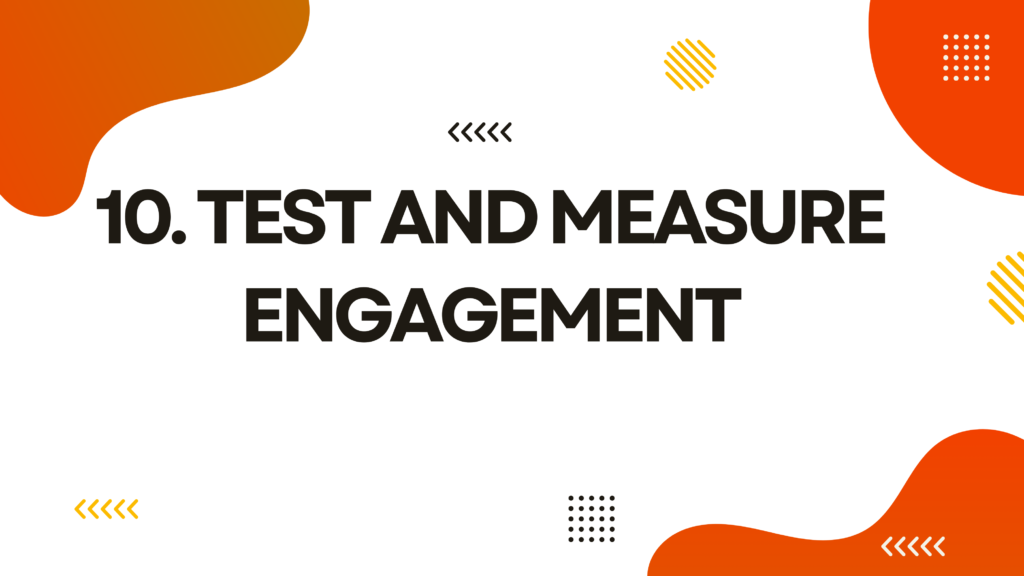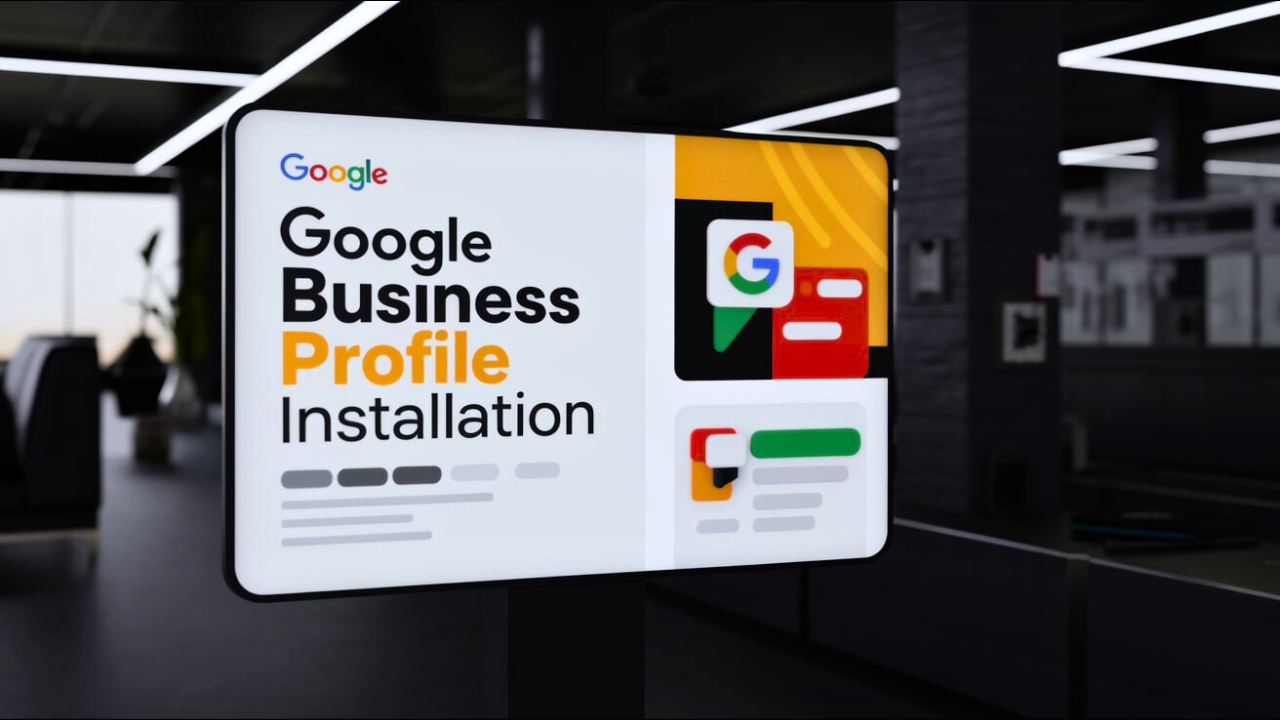How to Create Engaging Content for Your Audience
Getting your target audience’s attention and maintaining their engagement is your main objective as content producers, digital marketers, or company owners. Engaging content can make a significant difference when managing social media accounts, writing blogs, or creating videos.
In today’s crowded market, your content must create a deep emotional connection with your audience to stand out. It should also prompt readers to take action, whether it’s making a purchase, sharing the content, or subscribing to your newsletter.
However, producing content with this level of engagement is not always easy. Many struggle to connect with their audience, leading to low engagement rates, reduced reach, and sometimes even the loss of customers or followers. The key to success lies in understanding what your audience truly wants and delivering it consistently.
In this in-depth guide, “How to Create Engaging Content for Your Audience“, we will walk you through every step of crafting content that not only engages your audience but also helps you achieve your business goals. Let’s dive into some practical tips and techniques!
So let’s find out how to create engaging content for your audience
1. Get to Know Your Audience Completely

Understanding your audience is essential to producing content that is genuinely engaging. Knowing exactly who you are speaking to will make your material far more engaging and relevant. There is need for improvement in this section with more tools and techniques.
Personas of the Audience: Transcend simple demographics. Consider more profound insights such as values, lifestyle, pain areas, and emotional triggers. How do these characters act on the internet? Which content formats—podcasts, essays, or videos—do they prefer?
Tools to Use: To find out what kinds of content work best with your target audience, mention resources like SEMrush or HubSpot’s Audience Persona generator. Google Analytics delivers behavioural data, showing you which sites draw more traffic and what content maintains users.
Engage Directly: Creating networks or groups where individuals feel at ease expressing input is another way to “engage directly.” One way to achieve this would be through email surveys or social media sites like LinkedIn communities and Facebook groups.
2. Craft Attention-Grabbing Headlines

Because they decide whether a reader will click on your material or scroll past it, headlines are important.
Power Words: Phrases that pique interest include “Ultimate,” “Exclusive,” or “Proven.” Furthermore, it can be useful to emphasize urgency (e.g., “before it is too late”) or frame headlines with remedies in mind.
Conciseness: In an era where people’s attention spans are short, headlines must swiftly convey value. To evaluate the impact of your headlines, you might also think about utilizing headline analyzers (like CoSchedule’s Headline Analyzer).
Numbers: Lists work well because they provide organization and precision. “5 Easy Ways to Improve Your SEO,” for instance, is effective because it suggests reader simplicity and a minimal time commitment.
3. Focus on Storytelling

Using stories to engage your audience on an emotional level helps them remember your content.
Personal Experiences: Real-life narratives seem to resonate more with people than do general tips. Tell about a specific tactic that you or a client found successful. Credibility and trust are increased in this way.
Emotional Appeal: Various audiences are drawn to different emotions. B2B viewers, for example, might identify better with material that addresses work-related issues, whereas B2C audiences might be more receptive to humor or empathy.
Framework for Problem-Solution: People are frequently drawn to information that offers solutions. Your content becomes valuable and actionable when it defines a problem clearly and provides a solution.
4. Keep Your Content Easy to Read

Keep your audience interested by making your content readable. Those who find your information difficult to read will rapidly become disinterested.
Subheadings and bullet points are useful tools for dividing content into manageable sections, especially for internet users who frequently skim publications. Every subheading ought to narrate a section of the story or lead the reader through the content’s primary concepts.
Visuals: Make thoughtful use of visuals. An infographic placed appropriately, for example, can condense a long text passage. Without the requirement for specialized design knowledge, engaging visuals may be made with the aid of apps like Canva.
Using LSI (Latent Semantic Indexing) Keywords
Terms that are associated with your main keyword and aid search engines in comprehending the larger context of your content are known as LSI keywords. For example, you may utilize phrases like “search engine ranking” or “enhance SEO” in addition to “importance of SEO.” By using LSI keywords, you may improve the relevancy of your content and Google’s understanding of the scope of your piece, both of which will raise your SEO ranking.
5. Add Interactive Elements

Because interactive material encourages active participation, which raises engagement and retention, it is incredibly successful.
Quizzes and polls: These can elicit opinions from users and also help them feel engaged. An interesting and educational quiz can be “Which Content Marketing Strategy Is Right for Your Business?”, for example.
Surveys: You can get feedback via post-content surveys and use it to inform future material. You can even share the results to foster trust and give the audience a sense of being heard.
Interactive infographics: You may add interactive components to infographics using programs like Visme or Infogram to provide readers a more dynamic and interesting learning experience.
6. Optimize for SEO

Make sure people can find your material by optimizing it for search engines. Even the best content might not be found without SEO.
Keywords: To identify high-traffic, low-competition keywords, use tools such as Ahrefs, SEMrush, or Ubersuggest. Make sure the terms you use align with the objective of the search: are people seeking for products, solutions, or information?
Meta Descriptions: An effective meta description improves search engine click-throughs. Aim for 150–160 characters that contain your target keyword and a summary of the material.
Links, both internal and external: Internal links assist search engines comprehend the structure of your website and keep users on it longer. Credibility is increased by external links to reliable sources.
7. Maintain Consistency in Tone and Style

Establishing a distinctive brand voice via consistency in tone promotes trust.
Establish a distinct voice for your brand that is consistent with its core principles. For example, you may choose an upbeat and futuristic tone if your brand is all about innovation. This platform-to-platform uniformity strengthens the bond you have with your audience.
Adapt to Platforms: Depending on the platform, you should modify your tone and format. Instagram posts might be lighthearted and informal, but blog entries might be more formal.
8. Utilize User-Generated Content (UGC)

Users’ own content (UGC) lends authenticity to your content and is therefore highly trusted since it comes from your audience.
Construct Contests: Organizing contests is a terrific approach to produce UGC. Offer a prize for the greatest contribution, for instance, and encourage your followers to post pictures of themselves using your product.
Testimonials about features: Testimonials from customers verify the validity of your product or service and offer social evidence to prospective customers.
Repost Content: Showcasing user-generated content (UGC) on your platforms gives you a steady supply of new content while also fostering a feeling of community.
9. Keep Up with Trends

Content that is trendy has a higher chance of being seen and shared.
Google Trends: It is critical to keep up with the latest trends. You can develop timely content by using Google Trends to spot surges in interest for particular topics.
Follow Influencers: Monitor influential people in the field to learn about the kinds of content that appeal to your target audience. Your content strategy can be shaped by these trends.
10. Test and Measure Engagement

You can get immediate feedback on the effectiveness of your content through engagement metrics.
Examine strategies: such as time spent on page, scroll depth, shares, and comments when assessing engagement. These let you understand what kinds of material pique readers’ interest.
A/B testing: experiment with alternative headlines and formats, then monitor which iterations do better. This testing will assist you in determining what appeals to your audience the most over time.
Conclusion
Understanding, testing, and improving are all ongoing processes in the creation of compelling content. You may become an expert in content engagement by paying attention to your audience’s demands, leveraging storytelling, optimizing for readability and SEO, and utilizing the appropriate analytics.
Frequently Asked Questions (FAQs)
1. How does content quality impact SEO rankings?
Content quality influences how users interact with your site (bounce rate, dwell time), which sends positive or negative signals to search engines about your content’s relevance and value.
2. What role do keywords play in content optimization?
Keywords help search engines understand the topic of your content, but they need to be used naturally, without stuffing, to maintain both SEO value and readability.
3. How often should I update my website content for SEO?
Regularly updating content helps maintain its relevance, improves freshness scores, and keeps users engaged, all of which can positively affect rankings.
4. Does long-form content perform better for SEO?
Long-form content tends to rank higher for competitive keywords because it provides comprehensive information, which keeps users on the page longer and satisfies search intent.




